
Image
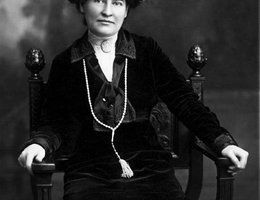
By Photographer: Aime Dupont Studio, New York [Public domain], via Wikimedia Commons
Image
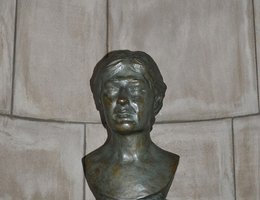
By Capitolist (Own work) [CC BY-SA 4.0 (https://creativecommons.org/licenses/by-sa/4.0)], via Wikimedia Commons
Image
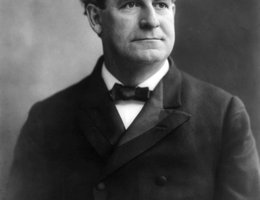
Library of Congress [Public domain], via Wikimedia Commons
Image
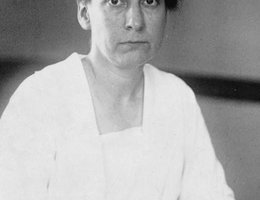
By National Photo Company Collection [Public domain], via Wikimedia Commons
Image

192--1949 timeline image - By Historic American Landscapes Survey [Public domain], via Wikimedia Commons
Image
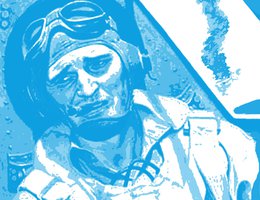
1925-1949 timeline image - On the Home Front - John Falter Painting for Victory
Web Page
Web Page
Web Page
Web Page
9000 to 7000 Years Ago: Nebraska’s First People
The objects from this site were made by some of Nebraska’s first known people: the Paleo-Indian people.
The site is located in southern Nebraska’s Frontier County. Learn more about them in the Activities and Resources.
Web Page
In the early 1700s, Spain claimed as their exclusive territory most of the Central Plains including Nebraska. They were very concerned with protecting their rights to what they saw as a potentially enormous trade with the Native Americans on the plains. But it had been a Frenchman, Bourgmont, who had reached the Platte first and who named it. And the Spanish in New Mexico were seeing more and more evidence of French trade with tribes like the Apache, ... Read more
Web Page
Imagine yourself as a farmer living in Europe in the mid-19th century. You own little or no land, have a large debt, and your taxes are due to the government. Then one day a friend comes to your door carrying a brochure printed by the "Union Pacific Railroad." The brochure says that the Union Pacific owns millions of acres in a place called Nebraska. ... Read more
Web Page
Even before America entered the war, production for it had begun. In Omaha, for instance, the Martin Bomber Plant was commissioned in September 1940 — well over a year before Pearl Harbor. Other plants were commissioned across the country to build bombs, tanks, rifles, and other weapons, some for sale or "loan" to other countries and some for our own stockpiles.
Although many Americans felt that we were isolated from the war, ... Read more
Web Page
As World War II ended, a new age began — the Atomic Age. The first atomic bomb dropped on Hiroshima on August 6, 1945, ended World War II and created a new, more nervous age. Very quickly, the Soviet Union also developed atomic bombs. Countries that had been allies against the Nazis were now enemies, each pledged to outdo the other in the battle for ... Read more
Web Page
The 1950s and early 60s was a time of political change, and the political debate was dominated by one central fact — the communists had changed from allies during WWII to sworn enemies during the Cold War. People were afraid that communists, or "reds," would take over America and the world, especially since they also had atomic weapons. For many, the Korean War was proof that communist regimes would try to ... Read more
Web Page
Former Nebraska Gov. Val Peterson was head of the Federal Civil Defense Administration when he warned citizens against the dangers of massive fallout from the hydrogen bomb.
Web Page
Nebraska has had only two official state names:
However, beef had become so important to Nebraska’s economy by the 1950s that from 1956 through 1965, the Nebraska license plate carried the motto,
That title was never an official state name ... Read more
Web Page
In the late 1980s, the Cold War came to a dramatic end. The economies of nations behind the Iron Curtain were in trouble. People in East Germany, for instance, could see the prosperity and wealth of their West German neighbors. In Russia, there were long lines of people waiting to buy food. ... Read more
Web Page
The Omaha and Ponca Native American tribes are closely related. Both tribes speak a language called the Dhegiha division of the Siouan linguistic stock. They speak a similar language to that spoken by several tribes who lived further south during the historic period, the Osage, Kansa and Quapaw tribes.
These are the Native American tribes mentioned in early Nebraskan historic records from roughly 1770 to 1850 CE.
These language facts and the historical stories told within the tribes suggest that all of ... Read more